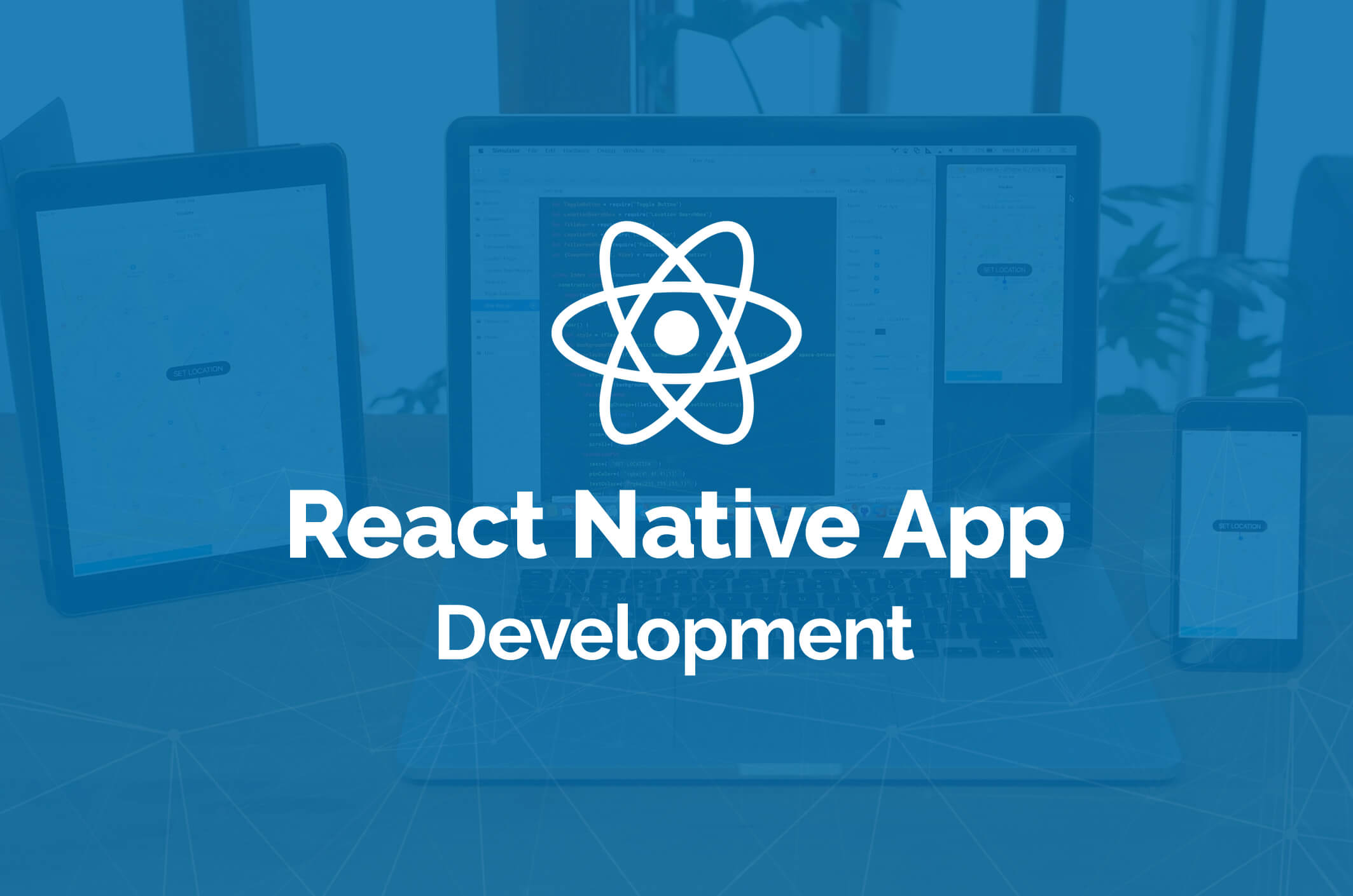What Is React Native? A Beginner’s Guide

React Native Development has been widely discussed among mobile app developers for quite some time. It allowed for the simultaneous development of iOS and Android mobile apps, which sent shock-waves across the technology industry. Hundreds of global companies, including Uber, Microsoft, and Facebook, have successfully implemented React Native.
Table of Contents
What is React Native?
You may create natively rendered mobile apps for iOS and Android using the famous React Native Development framework, written in JavaScript. With this framework, you can write an app once and deploy it to several platforms with a single code set.
One example of a free and open-source mobile framework is React Native. It uses the ReactJS framework, which Facebook created. With React Native, developers can create apps for both Android and iOS with the same set of tools and a single set of code. Technically speaking, React Native comprises native components like Text, Input, Modal, and Button that translate into platform-specific variants with a shared code base. Consequently, React Native can function on various platforms, including Windows, the web, and macOS.
In 2015, Facebook introduced an open-source project called React Native. Just a few years after its introduction, it was already among the most popular tools for creating apps for mobile devices. React Native’s success can be attributed to several factors. React Native allows businesses to write their apps’ code once and deploy them on both iOS and Android. The time and energy saved are substantial. Furthermore, the framework allowed web-only frontend developers to build sophisticated, production-ready apps for mobile platforms.
How Does React Native Function?
To know more about how React Native stacks up against the competition, you should know about the functions. React Native is developed using a hybrid of JavaScript and JXL, a unique mark-up language with XML-like syntax. JavaScript-based threads and existing native app threads can both communicate with the framework.
React Native uses a “bridge” to ensure the interaction. The bridge function allows two-way communication between JavaScript and Native threads, which are written in distinct languages. If you currently have a native iOS or Android app, you can continue using its components or switch to React Native development without starting from scratch.
What Makes React Native Unique?
Compared to similar cross-platform development options like Cordova and PhoneGap, React Native stands out due to its lack of Web-view rendering. It uses native views and components. This is why React Native has been so successful.
Why Choose React Native Development?
When developing cross-platform apps, React Native is an excellent option. The time and money you save using it will allow you to move the development process along more quickly. Due to the fact that a single app may serve Android and iOS users, the rollout can be timed in unison, and businesses with a smaller development budget aren’t limited to focusing on a single platform; cross-platform development can help you reach more people faster.
Skype, Facebook, Pinterest, and UberEats are just a few excellent products built with React Native, demonstrating why it is a framework worth considering when creating apps. If your project doesn’t need a complex user interface or access to native functionality (like media players), and if you just plan on developing for one platform, then React Native is a wonderful solution. Finally, React Native is a sol